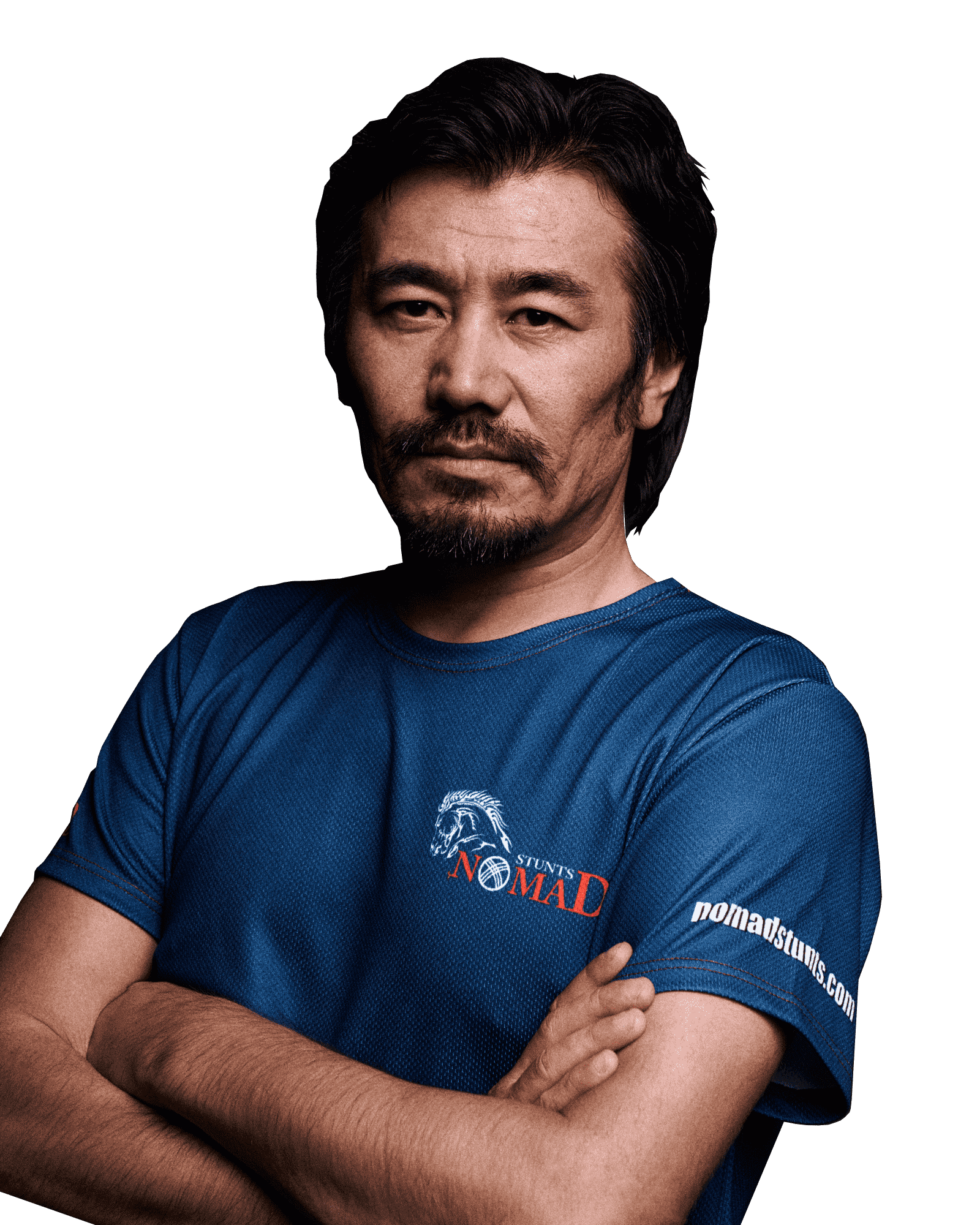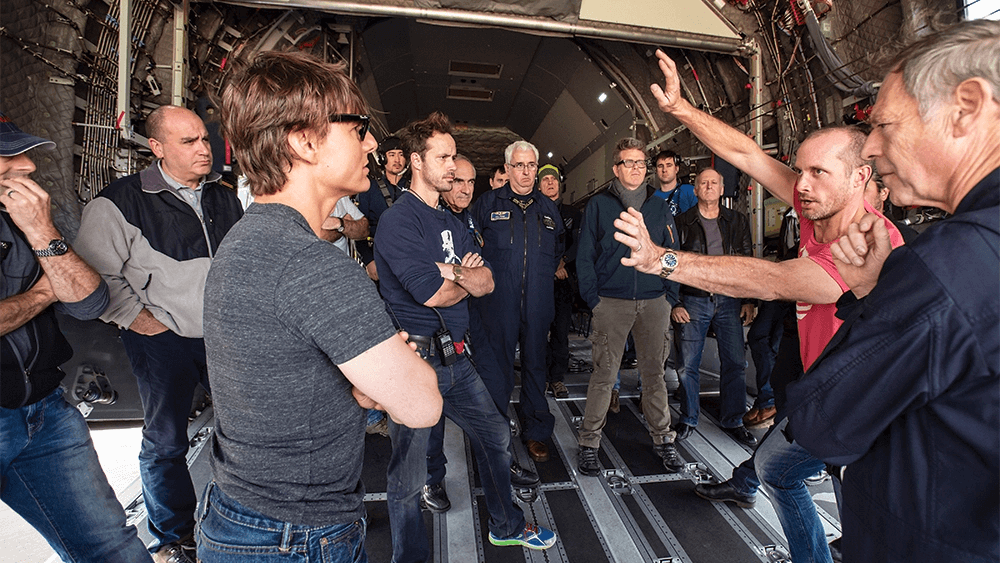Charting Your Course: How to Become a Stunt Coordinator
The Beginning: Skills and Experience You’ll Need
Starting the journey to become a stunt coordinator is like learning a very complex dance. It requires a mix of physical ability, careful planning, and a strong focus on safety. Usually, people begin by working as stunt performers, gaining years of experience in things like falls, fights, driving, and using wires. This hands-on experience is very important for understanding how stunts work, which is necessary for leading others. Imagine trying to direct a car chase without ever driving in one; the knowledge from doing it yourself is essential.
Beyond being physically skilled, you need to understand safety rules on set. Coordinators are responsible for keeping everyone safe, which means knowing how to assess and prevent risks. This involves detailed planning, practice, and paying close attention to details. The ability to stay calm and make quick decisions is also important, especially when things change unexpectedly during filming. It’s not just about performing a stunt, but doing it safely, repeatedly, and under pressure.
Making connections is very important in this industry. Getting to know directors, producers, and other stunt professionals can lead to job opportunities and helpful advice. Going to industry events, workshops, and seminars can also improve your knowledge and expand your network. Remember, in stunts, your reputation matters a lot. Showing that you are reliable, professional, and hardworking can really help your career. Think of it as building a collection of trust, not just stunts.
While formal education isn’t always required, classes in film production, safety, or related areas can give you an advantage. These classes can teach you about industry standards, legal requirements, and good practices. Also, getting certifications in specific areas, like advanced driving or rigging, can show your dedication and make you more credible. It’s about showing that you are a serious professional, not just a performer.
Planning and Doing: What a Stunt Coordinator Does
Making the Action: From Idea to Reality
The main job of a stunt coordinator is to turn a director’s idea into a safe and exciting action scene. This starts with reading the script, figuring out the stunts, and judging how difficult they are. Coordinators then work with the director, set designer, and special effects team to make a detailed plan, including the equipment, people, and safety measures needed. This is where problem-solving comes in; it’s like solving a puzzle where the pieces move and can be dangerous.
Using storyboards and pre-visualization is important for planning. These tools help coordinators see the stunt from different angles, find possible problems, and make sure the action fits the director’s vision. Detailed storyboards help explain the plan to everyone, making sure everyone understands. This visual planning helps avoid misunderstandings and anticipate problems. It’s about creating a plan for action, so everyone knows their part.
Practicing is important for perfecting the stunt and ensuring it’s safe. Coordinators must oversee these practices, giving advice and feedback to the stunt performers. They also need to watch the performers’ physical and mental health, making sure they are ready for the stunt. This involves simulating the actual filming environment, including set pieces, camera movements, and special effects. It’s about practicing until it’s perfect, or at least until you’re confident you can handle anything.
On set, the coordinator is the main person in charge of stunts. They make sure the stunt is done safely, following all rules, and make changes if needed. This requires constant communication, flexibility, and the ability to stay calm under pressure. Coordinators must be ready for unexpected situations and make quick decisions to keep everyone safe. It’s like being the leader of an action team, keeping everything together and on time.
Safety First: The Key to Stunt Coordination
Keeping Everyone Safe: The Most Important Part
Safety is the most important part of stunt coordination. Coordinators must be very focused on the well-being of their team, making sure every stunt is done carefully. This means doing thorough risk assessments, finding potential dangers, and taking steps to prevent them. It’s about knowing the risks and creating a safe environment.
Creating and enforcing strict safety rules is crucial. Coordinators must make sure everyone is trained in safety procedures and follows the guidelines. This includes regular safety meetings, checking equipment, and practicing for emergencies. It’s about creating a culture of safety, where everyone knows their role and prioritizes safety. Think of it as running a tight operation, where everyone knows how to keep it safe.
Using the right safety equipment is essential for reducing risks. Coordinators must make sure all equipment, like harnesses, airbags, and protective gear, is in good condition and used correctly. They also need to keep up with new safety technology and use it in their work. It’s about being prepared for anything, with the best tools and knowledge.
Communicating clearly with the entire production team is important for safety. Coordinators must tell the director, producers, and other departments about potential dangers and safety concerns. They must also listen to feedback and address any concerns quickly. It’s about building communication, so everyone is on the same page and working together safely. Like being the person who translates when things get loud and chaotic.
Showcasing Your Skills: Building Your Portfolio
Making a Great Demo Reel: Showing What You Can Do
Creating a good demo reel is important for showing your stunt coordination skills. This reel should highlight your best work, showing that you can plan and do complex stunts safely. Include a variety of stunts, showing your skills in different areas. It’s your visual resume, so make it stand out.
Networking and building relationships with people in the industry can lead to opportunities to show your skills. Going to industry events, workshops, and seminars can provide exposure and connect you with potential employers. Remember, who you know can be as important as what you know. It’s about building your connections and finding your place.
Looking for opportunities to work on independent films or low-budget projects can give you valuable experience and help you build your portfolio. These projects often offer more creative freedom and allow you to take on more responsibilities. Even a small project can be a big step. It’s about getting experience and proving what you can do.
Having a professional online presence is important. Create a website or online portfolio that shows your work, including your demo reel, resume, and testimonials. Use social media to connect with industry professionals and share your achievements. It’s about building your brand and making yourself visible.
The Business Side: Understanding the Industry
Contracts, Budgets, and More: Understanding the Business
Understanding the business side of stunt coordination is important for success. This includes negotiating contracts, managing budgets, and dealing with insurance. Coordinators must be good at handling money and making sure everything is within budget. It’s not just about the action; it’s about the finances.
Building good relationships with production companies and insurance providers is essential. Coordinators must be able to explain their safety plans and risk assessments to make sure everyone is comfortable with the stunt. It’s about building trust and showing your professionalism.
Keeping up with industry trends and rules is important for staying competitive. This includes going to industry conferences, reading trade publications, and networking. The industry is always changing, so you need to be ready to change with it.
Developing strong leadership and communication skills is essential for managing a stunt team. Coordinators must be able to give tasks, give clear instructions, and resolve conflicts. It’s about being a leader, not just a performer. It’s about guiding your team to success, safely and efficiently.
FAQ: Common Questions About Becoming a Stunt Coordinator
Q: What qualifications do I need?
A: While there’s no single qualification, lots of experience as a stunt performer is key. Many coordinators have years of experience in different stunt types. Strong leadership, communication, and safety management skills are also important. Some formal training in film or safety can help, but practical experience is usually more valuable.
Q: How long does it take?
A: The time varies, but it often takes many years, sometimes a decade or more, of working as a stunt performer. This time lets you gain the necessary skills, experience, and connections. Patience is key.
Q: What are the biggest challenges?
A: Balancing creative vision with safety is a constant challenge. Coordinators must make sure stunts are exciting while being safe. Budget and time constraints can also add pressure. Managing a team under stress requires good leadership. It’s a difficult balancing act.

Stunt Performer Training Skills To A

Movies Turn To Stunt Professionals Keep Action Real Variety

Our Team


